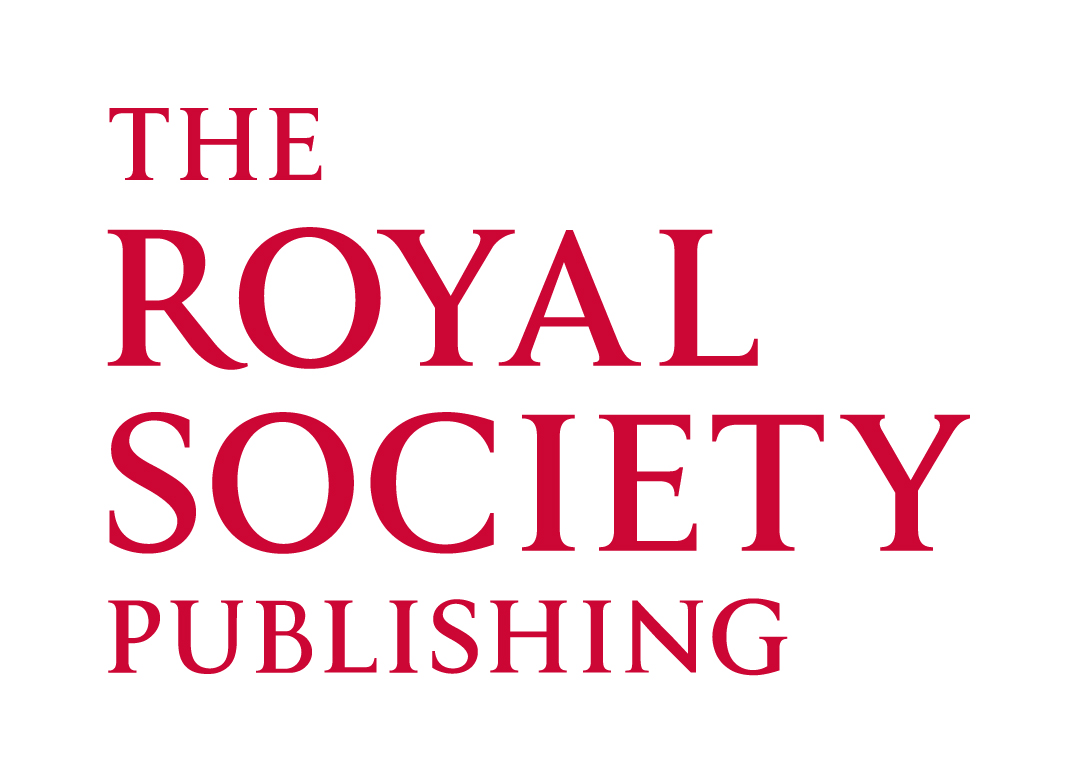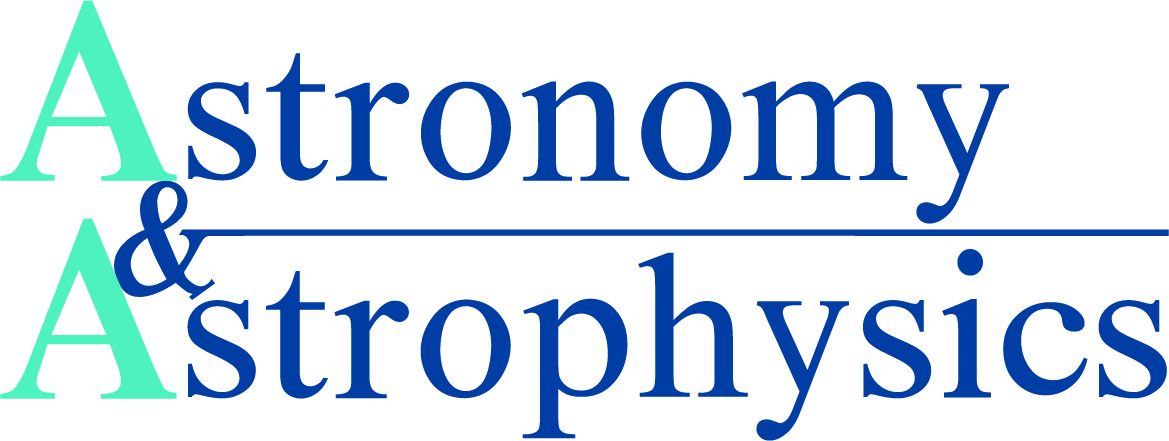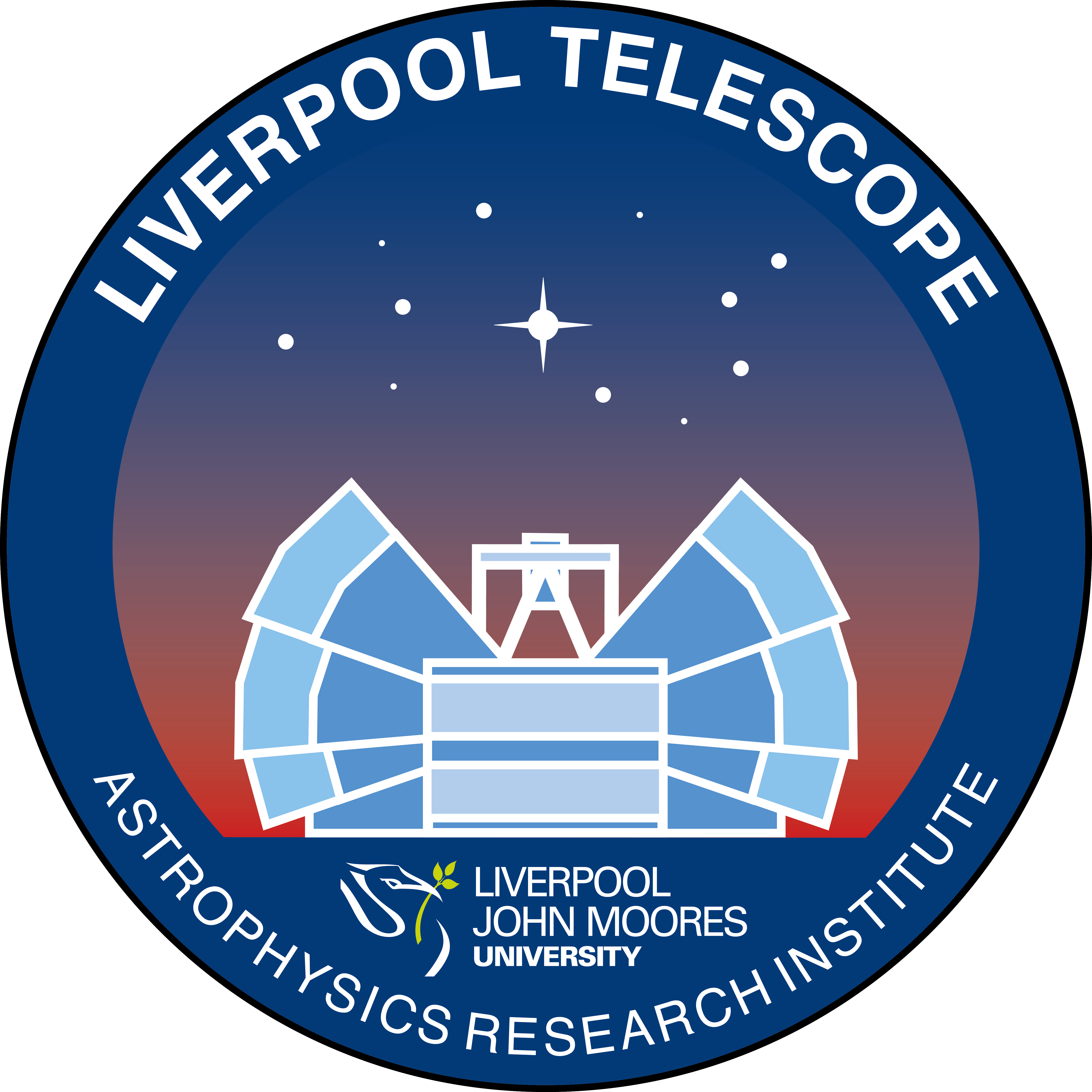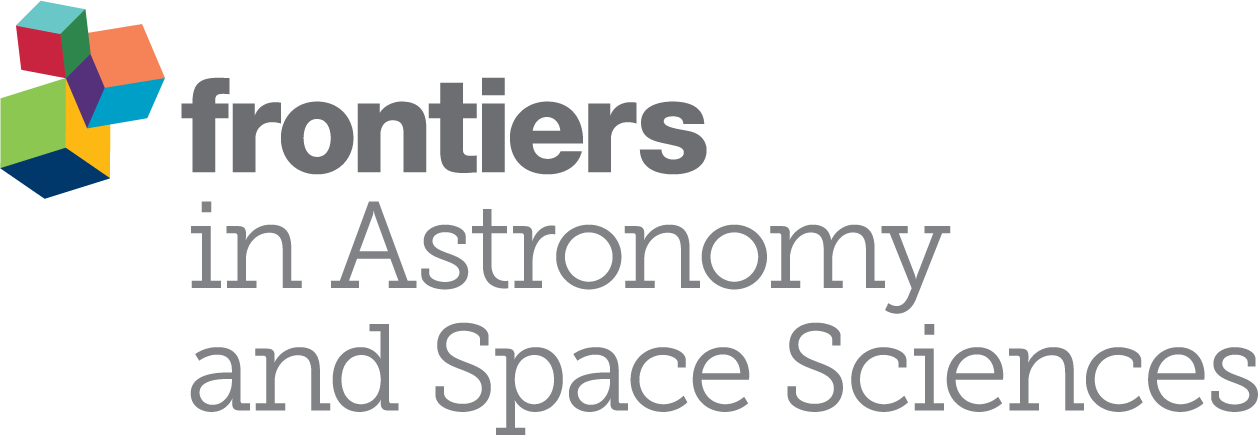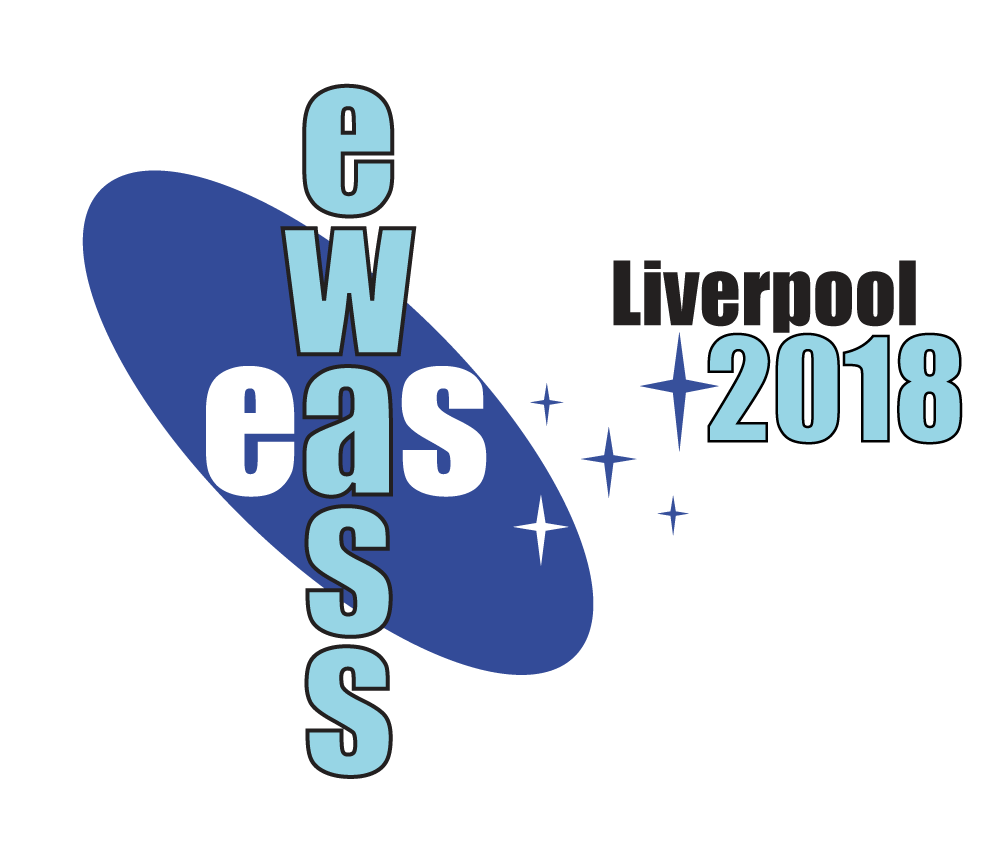
|
Special Session SS16
3 April 2018
Hello, goodbye: understanding the duality of the Milky WayIn the last decade our understanding of the Milky Way stellar populations have changed dramatically. From being a relatively simple spiral galaxy with a disk, halo, and classical spheroidal bulge, new observations have revealed that these components each have two or more constituents. First it was discovered that the disk contains a thin and a thick component with very different properties. The bulge turned out to be a boxy and peanut-shaped structure with one (or maybe two) bars. Metallicities and ages also show bimodal (or even multi-modal) distributions further adding to the dual nature of this enigmatic central region of the Galaxy. The halo can be divided into an inner halo and outer part, with trends in rotational velocities and elemental abundances. Yet we have to understand if the presence of multiple components reflects the true nature of our Galaxy, or rather our patchy understanding of it. The goal of this session is to summarise the observational evidence for the dualities of the classical disk, bulge, and halo components. We will put this into context, to understand their reality and their contribution to how the Milky Way and its stellar populations formed. Programme Invited speakers
Scientific organisers Contact Updated on Mon Nov 13 09:15:41 CET 2017
|
||||||||||||||||||||||||||||||||||||||||||||||||||||
|
EWASS 2018 : European Week of Astronomy and Space Science |
|||||||||||||||||||||||||||||||||||||||||||||||||||||
 A power cut will shut down all EAS services on Tuesday, 10 January 2017 starting at 7:30 CET.
A power cut will shut down all EAS services on Tuesday, 10 January 2017 starting at 7:30 CET.











